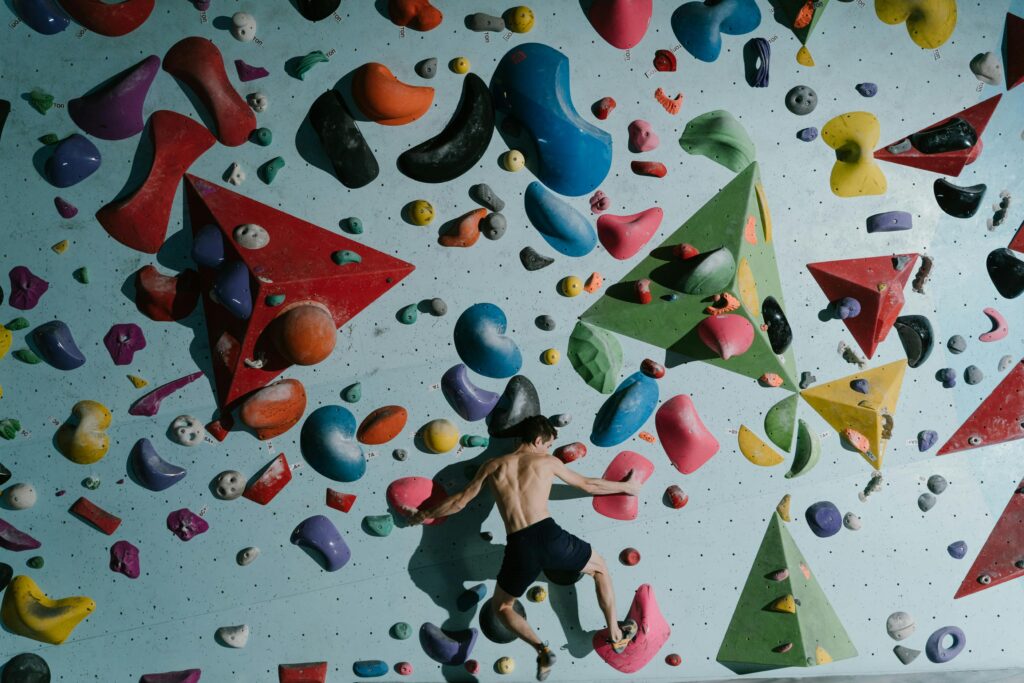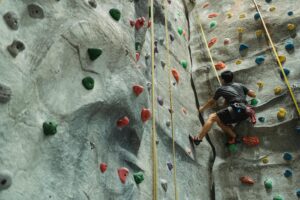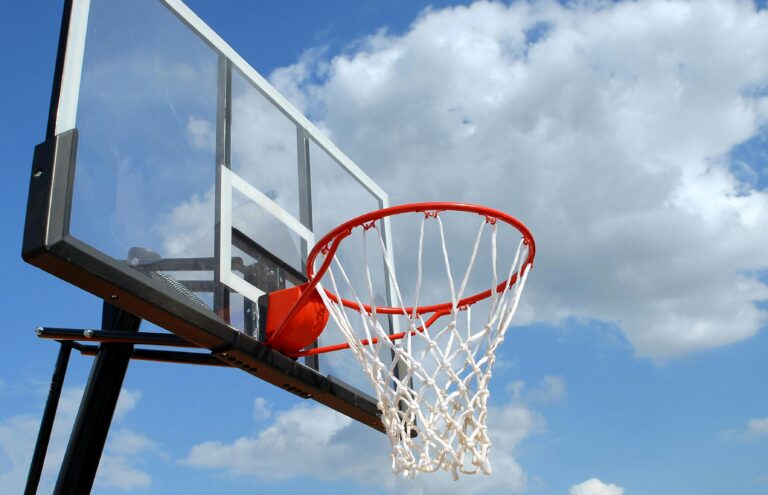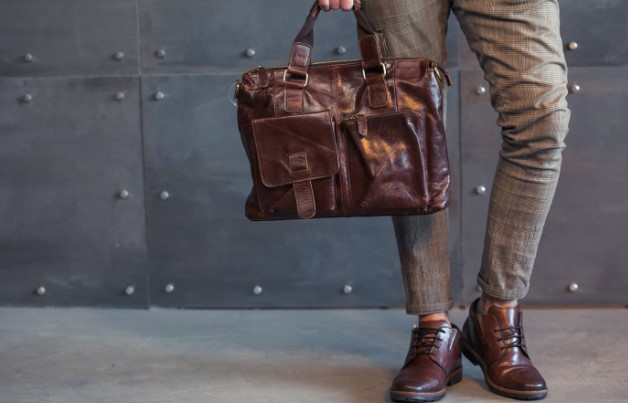
sport climbing combined olympics
The term “sport climbing combined Olympics” was unknown or little-known to most people before Tokyo 2020. This was, however, a big step into global recognition of climbing as a serious, competitive sport.
Sport climbing debuted on the Olympic stage in Tokyo with a format later set for Paris 2024, firmly establishing the sport in the modern sporting narrative.
The Birth of a Vertical Challenge
The inclusion of sport climbing in the Tokyo 2020 Olympics marked a turning point, bringing long-overlooked athletes into the spotlight after decades of growth, development, and lobbying.
The Olympic format featuring competition sport climbing utilized in Tokyo comprised three disciplines: speed climbing, bouldering, and lead climbing. Athletes competed in all three disciplines, with final scores based on the product of their rankings — the lower the result, the better the standing.
Opinions on this setup were variable. While it rewarded the most versatile climbers, critics argued that combining such different disciplines into one score misrepresented the essence of competition climbing. Yet, these systems provided drama, challenged the athletes’ full range of skills, and put the sport on the global stage.
Understanding the Sport Climbing Combined Format
The sport climbing combined Olympics consist of three distinctive disciplines:
- Speed climbing: The two climbers race against each other. The speed wall is standardized at 15 meters. It is explosive and fast—the 100 meter dash for climbers.
- Bouldering requires the climber to solve problems on short, technical routes (called problems) done without ropes on walls around 4-5 meters high. The climbers have limited time to solve each problem.
- Lead climbing is a test of endurance and technique on walls over 15 meters in height. Climbers get one attempt, within a time limit, to climb as far as they can, protected by a rope.
The combined format pushed climbers beyond their specialties, with many bouldering and lead experts scrambling to adapt to speed climbing’s reliance on explosive power over intuition.

The Olympic Debut in Tokyo 2020
At Tokyo 2020, 40 athletes (20 men and 20 women) competed in the first Olympic sport climbing combined event at Aomi Urban Sports Park, showcasing a mix of athleticism, agility, and creativity.
In the men’s event, Spain’s Alberto Ginés López surprises many by winning gold through his all-round performance. Slovenian climbing legend Janja Garnbret dominated the women’s event, securing her place in Olympic history.
Their victories boosted sport climbing — an unpredictable, thrilling sport driven by skill and strategy. For most viewers, it was the first-ever view of a sport that rewards grace and grit.
Evolution Toward Paris 2024
In response to criticism, the IOC and IFSC revised the combined sport climbing format for Paris 2024. The updated format sees speed climbing given its separate medal event, while bouldering and lead are combined into one discipline.
The new setup lets speed climbing specialists showcase their skills, while organizers grouped the similar disciplines of bouldering and lead together. This change gives the sport fairer representation and has strong support from the climbing community.
Also, with 68 athletes in total, the Paris 2024 Games will have more competitors, which is a clear indicator of growing world acceptance of the sport.
The Growth of Climbing Post-Olympics
From Tokyo, climbing gyms all over the world say interest surged.
Greater visibility of competition climbing has inspired youth, spurred national investment, and elevated elite climbers’ profiles.
The local centers of climbing talent are now in countries such as Japan, Slovenia, the USA, and France. With more athletes turning pro and increased funds for competitions and training, the sport itself sees rapid growth.
Streaming platforms, social media, and YouTube have also acted as catalysts for sport climbing’s popularity. Janja Garnbret, Adam Ondra, and Nathaniel Coleman have become global icons in adventure sports. click here
Challenges Ahead
Although the Olympics have brought enormous exposure to climbing, challenges still exist. There now comes the fear of over-commercialization or pressure upon young athletes, and preserving the culture of the sport as it had developed through outdoor grassroots communities.
As an added matter of concern, diversity and accessibility must remain center stage. Many countries still do not have infrastructure or resources to train climbers toward the Olympic level, thereby limiting the global spread of the sport. Addressing and solving these problems will be crucial if sport climbing combined Olympic events are to move forward.
Looking Forward
Sport climbing combined Olympics format is still evolving and truly a dynamic intersection between tradition and innovation. It is a symbol of sports going through adaptation, growing, and thereby drawing a crowd without losing its soul.
In the run-up to Paris 2024, there is a rising expectation besides the events that climbing is an all-embracing, high-performance sport-steep enough for global viewership.
The message is simple: upward-winning is no longer just for the mountain; it is now for the world stage.





